Japan, renowned for its ancient temples, snow-capped mountains, and bustling modern cities, also harbors a treasure trove of traditional villages steeped in history and culture. Each village is a living canvas, narrating unique tales of Japan’s past. Join us as we explore six of the most enchanting traditional villages in Japan, where you can immerse yourself in tranquility, discover distinctive cultural facets, and create unforgettable memories.
Exploring the Charm of Japanese Villages
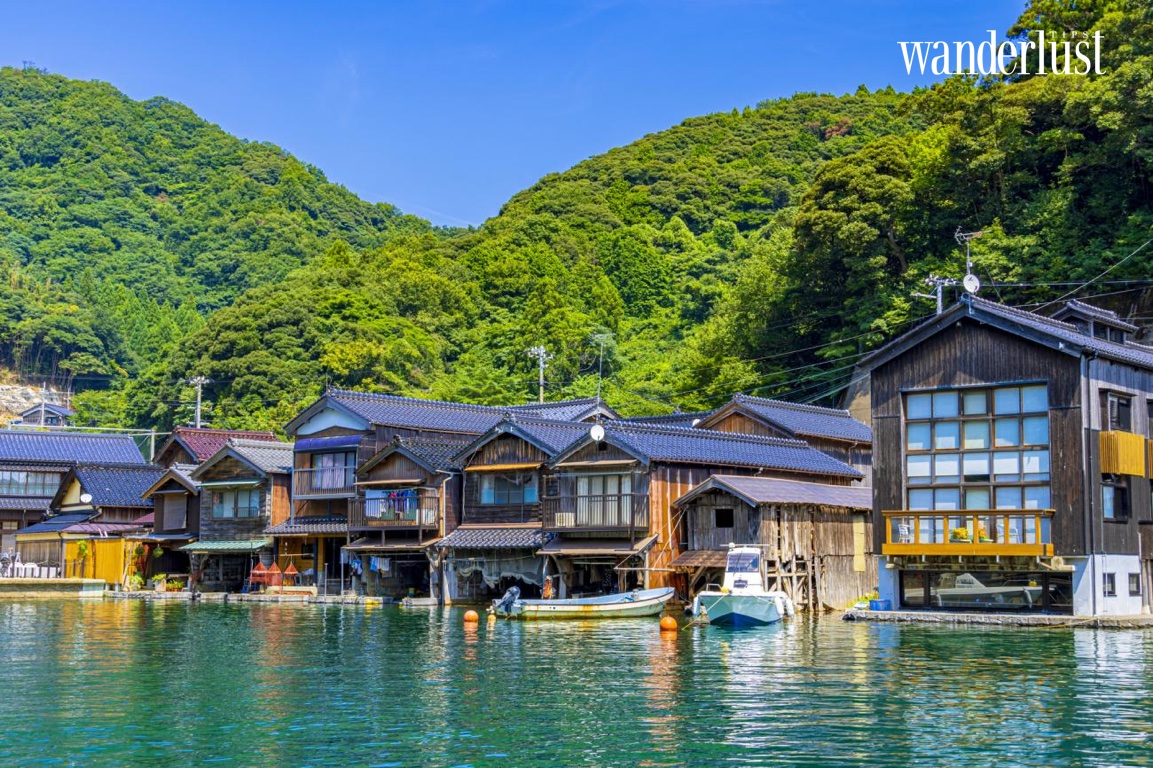
1. Ine, Kyoto: The Seascape Village of Unique Boat Houses
Nestled along Kyoto‘s northern coast, Ine is a quaint Japanese Village characterized by its distinctive “funaya” or boat houses built directly on the water. These floating homes, serving as both dwellings and fishing platforms, are a hallmark of the region. The picturesque sight of these houses lined up along the water’s edge creates a serene and romantic atmosphere.
For centuries, the people of Ine have relied on the sea for their livelihood. The funaya were designed to facilitate fishing and seafood preservation. Today, Ine has blossomed into a popular tourist destination, captivating visitors with its unspoiled beauty and rich cultural heritage.
Annual Highlight: The Ine no Funaya Matsuri festival in August features a spectacular parade of beautifully adorned boats.
Must-Try Experiences: Kayaking through the narrow canals, savoring fresh seafood at waterfront restaurants, and participating in traditional craft workshops.
Local Delicacies: Fresh herring, seafood-stuffed rice balls, and local sake.
Getting There: From Tokyo, take the Shinkansen bullet train to Kyoto, then a local train to Ine – Japanese Village.
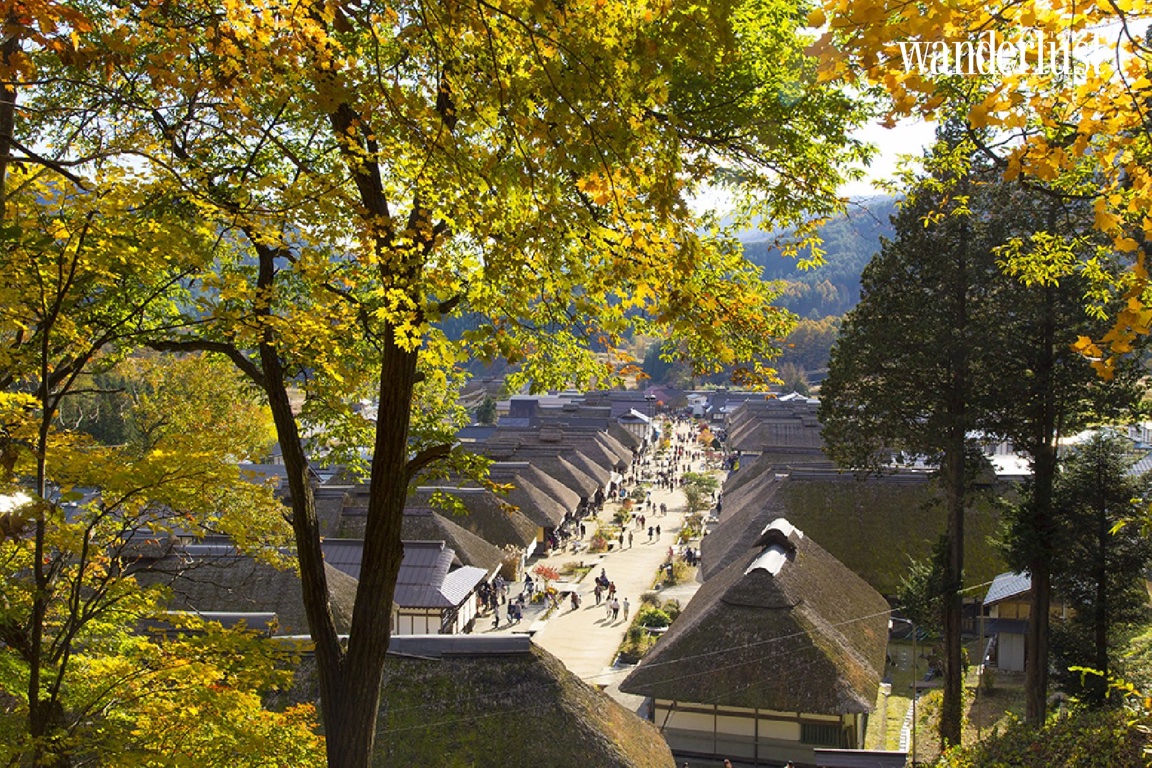
2. Ouchi-juku, Fukushima: A Well-Preserved Edo-Period Post Town
Nestled in the northern part of Fukushima Prefecture, Ouchi-juku is a meticulously preserved ancient Japanese Village dating back to the Edo period. Its main street is paved with stone, and lined with traditional thatched-roof houses, creating a serene and timeless atmosphere that transports visitors back in time.
Historically, Ouchi-juku served as a vital post town on the route connecting Edo (modern-day Tokyo) and Aizu Wakamatsu. Today, the village retains its old-world charm and has become a popular tourist destination.
During the winter, Ouchi-juku is adorned with vibrant lanterns, creating a magical ambiance. Visitors can savor local delicacies such as hot soba noodles, chewy rice cakes, and homemade fruit jams.
For a truly immersive experience, don traditional kimono, participate in folk games, and explore the shops selling handcrafted souvenirs.
Getting there: From Tokyo, take the Shinkansen bullet train to Koriyama, then transfer to a local train to Ouchi-juku.
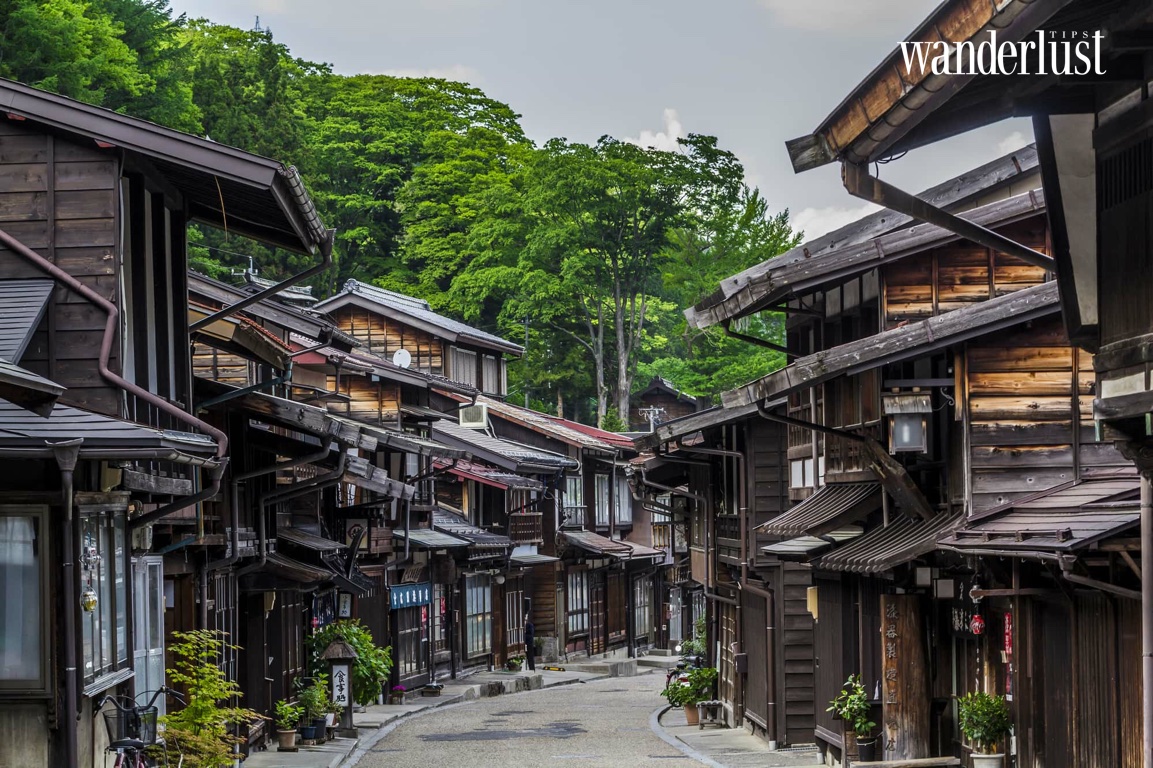
3. Narai-juku, Nagano: A Village of Traditional Wooden Houses
Located on the ancient Nakasendo Highway, Narai-juku is one of Japan’s best-preserved post towns. Its distinctive features include two-story wooden houses with black tiled roofs and shoji paper windows. The Japanese Village is also home to numerous shops selling traditional crafts and local delicacies.
Narai-juku once served as a vital rest stop for merchants and travelers on the Nakasendo. Today, the Japanese Village maintains its historic atmosphere and is a popular tourist destination.
The Japanese Village comes alive during the spring festival with traditional dances and folk games. Local specialties include soba noodles, dishes made with local pork, and traditionally brewed sake. Unique experiences for visitors include staying at traditional minshuku inns, enjoying tea ceremonies, and participating in pottery classes.
Getting there: From Tokyo, take the Shinkansen bullet train to Nagano, then transfer to a local train to Narai-juku.
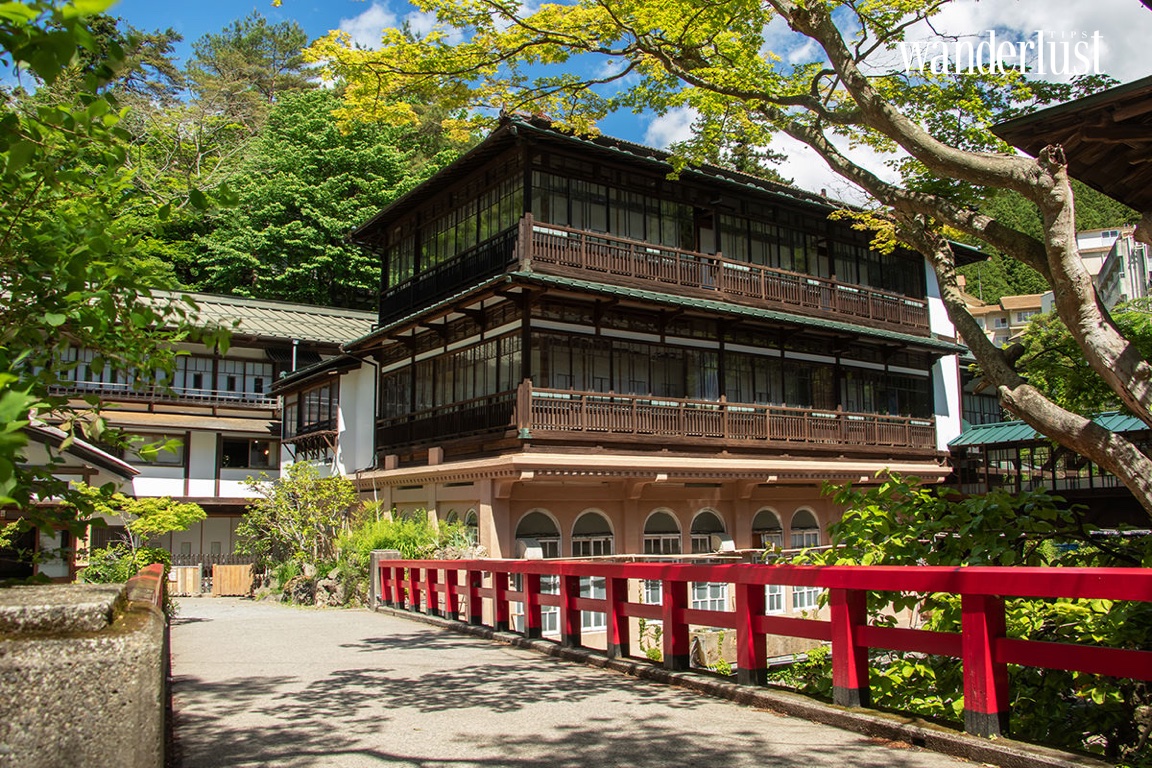
4. Shima Onsen, Gunma: A Hot Spring Paradise
Shima Onsen is not only a charming historic Japanese Village but also a renowned hot spring resort. It boasts natural hot springs rich in minerals, offering relaxation and rejuvenation.
The traditional ryokans (inns) in Shima Onsen feature classic Japanese architecture, with wooden walls, brown tiled roofs, and exquisite Japanese gardens. Staying here feels like stepping into a traditional Japanese film.
Beyond soaking in the hot springs, visitors can enjoy various activities such as hiking, exploring ancient trails, savoring local cuisine, and participating in traditional festivals.
A summer festival features fiery dance performances and river-based folk games. Local specialties include dishes made with local pork, fresh vegetables, and unique dishes cooked using the hot spring water.
Experiences: Relax in open-air hot spring baths, admire the stunning natural scenery, and engage in outdoor activities like hiking.
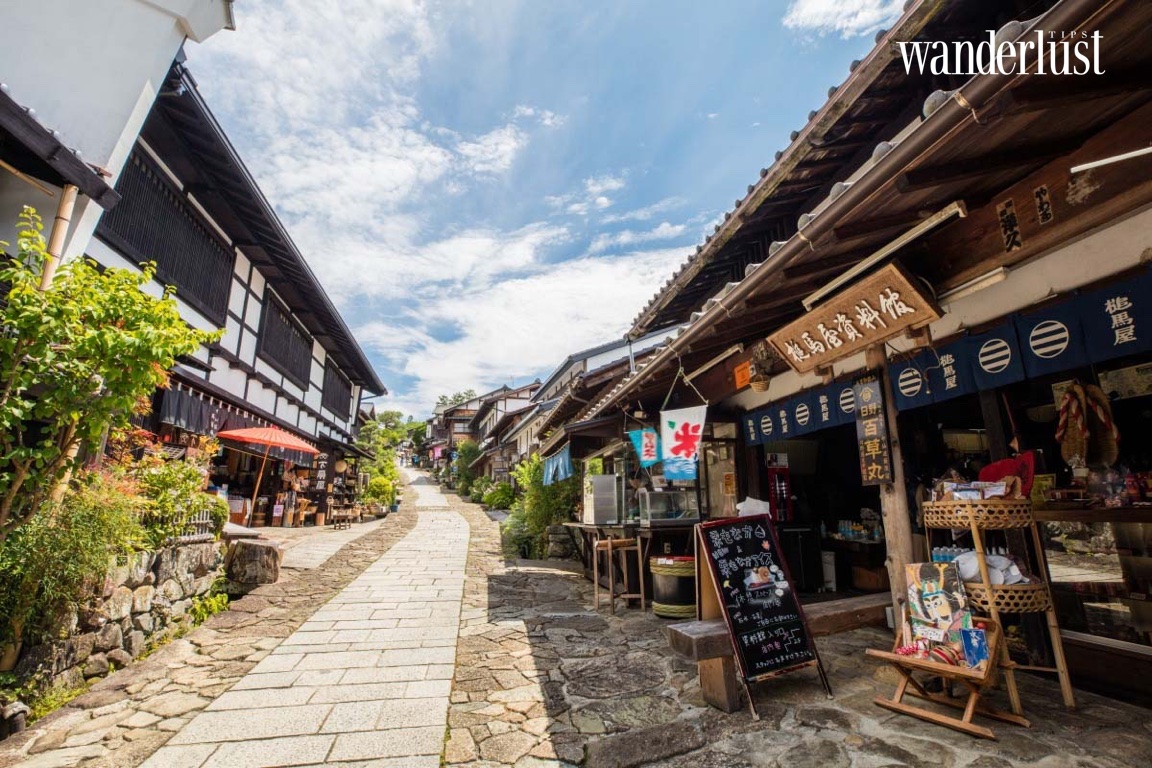
5. Magome-juku, Gifu: A Post Town on the Ancient Highway
Magome-juku was a crucial post town on the Nakasendo Highway, connecting Kyoto and Edo (modern-day Tokyo). The Japanese Village has been exceptionally well-preserved, retaining its ancient charm. Its traditional wooden houses with black tiled roofs, stone-paved streets, and shops selling handcrafted goods create a picturesque atmosphere. Visitors can stroll along the Nakasendo Highway, explore historic houses, savor local cuisine, and purchase unique souvenirs. A fall festival features traditional dance performances and folk games. Local specialties include dango (sweet rice dumplings), soybean-based dishes, and local sake.
Experiences: Hike the ancient Nakasendo Highway, stay in traditional inns, and savor local cuisine at small eateries.
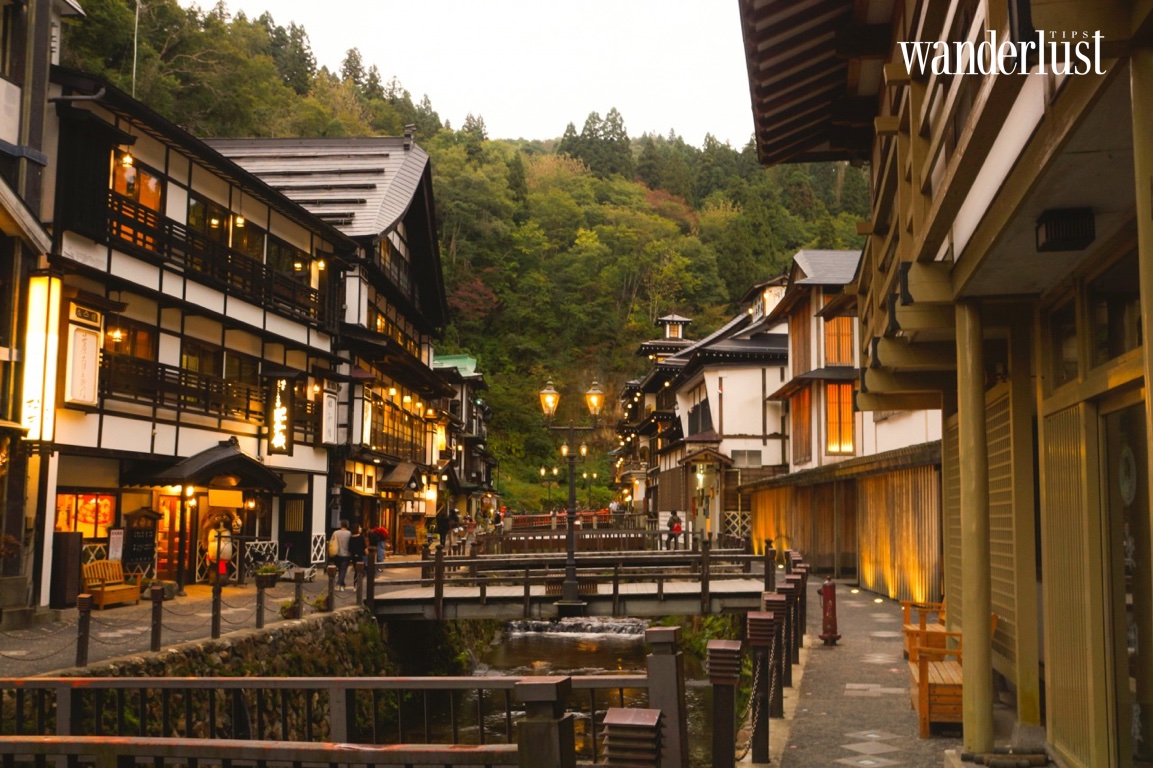
6. Ginzan Onsen, Yamagata: A Fairytale Hot Spring Village
Ginzan Onsen is often described as a “fairytale hot spring Japanese Village” due to its wooden houses clustered along the Ginzangawa River. The winter landscape, adorned with illuminated lanterns, is particularly enchanting. The name “Ginzan” means “silver mountain,” referring to the village’s past as a prosperous silver mining center. Beyond soaking in the hot springs, visitors can explore a silver mining museum, go hiking, savor local cuisine, and participate in traditional festivals. A must-try experience is attending the winter lantern festival, enjoying salmon dishes, and relaxing in both indoor and outdoor hot spring baths.
For more information on traveling to Japan, visit the Japan National Tourism Organization.

